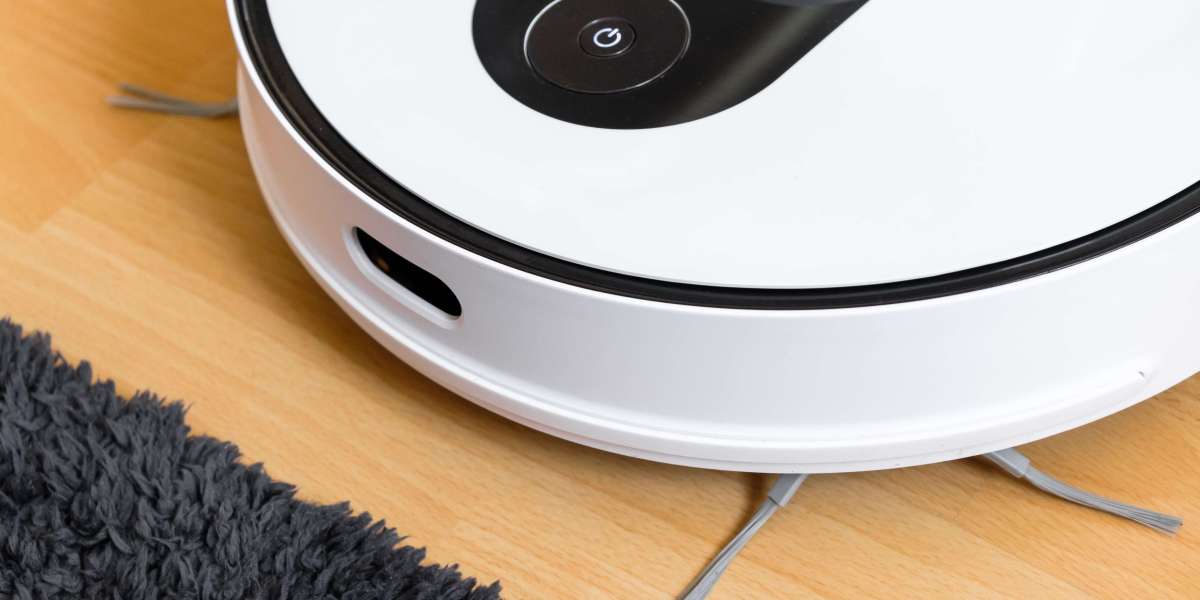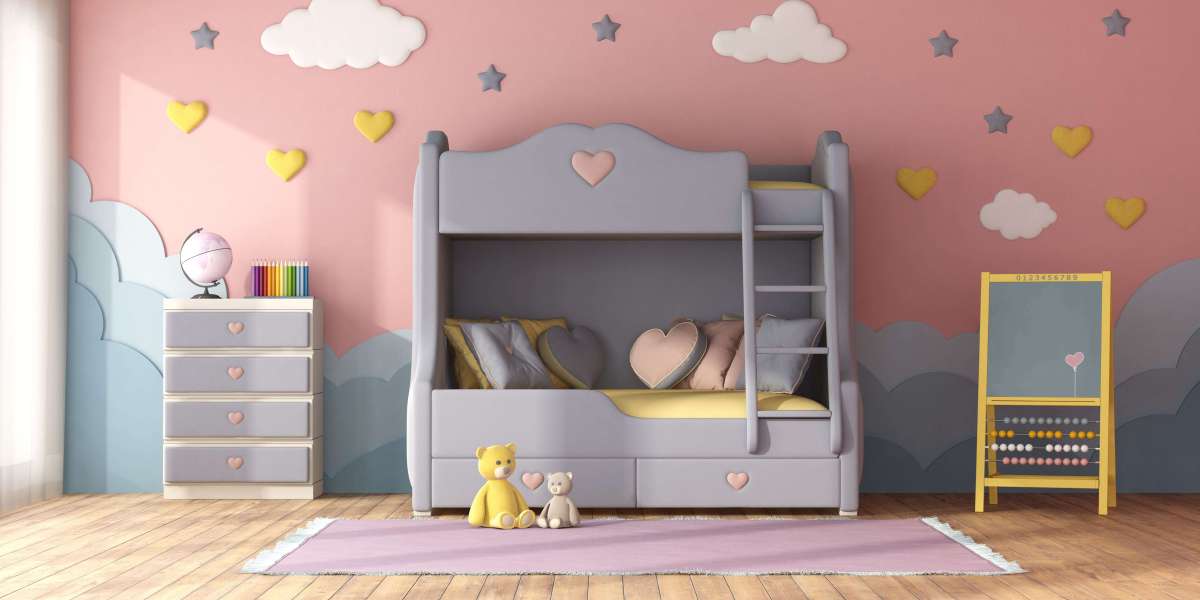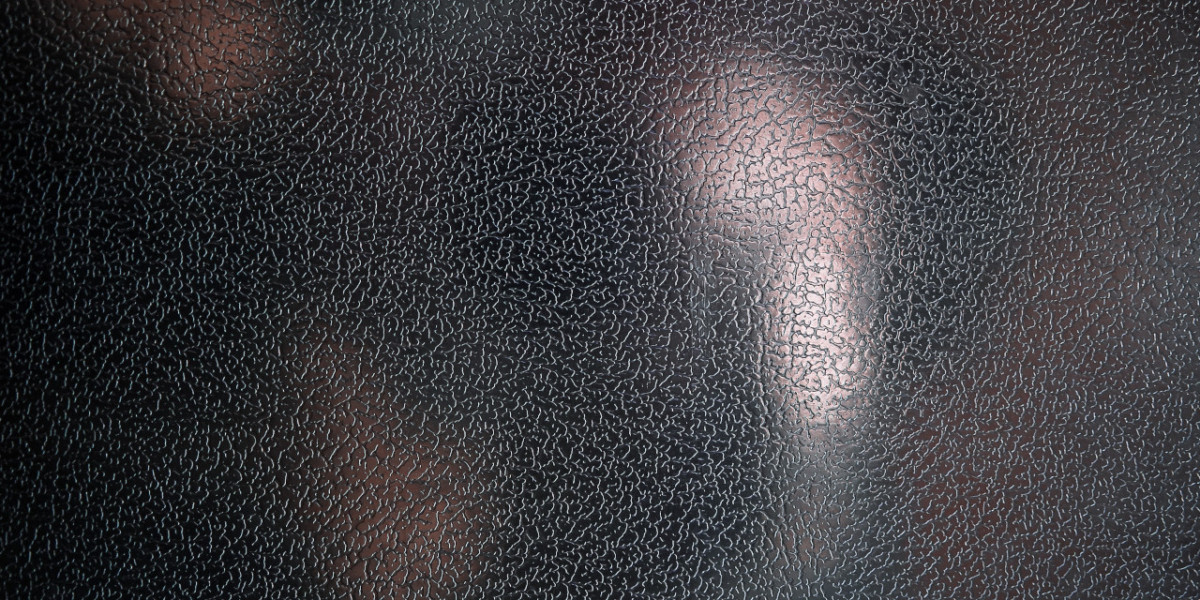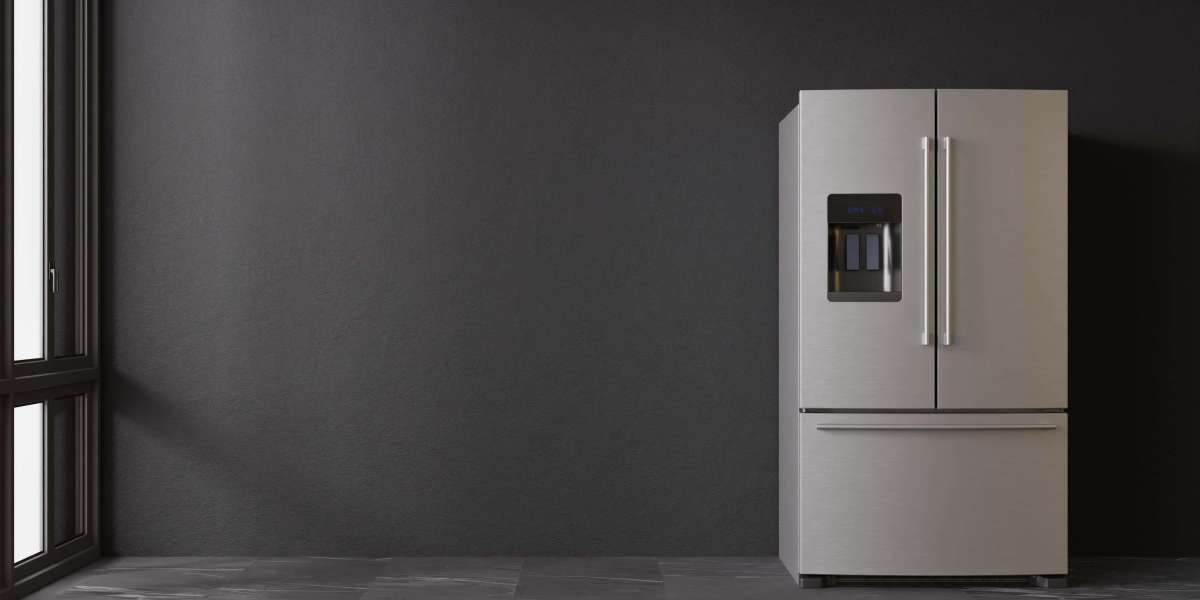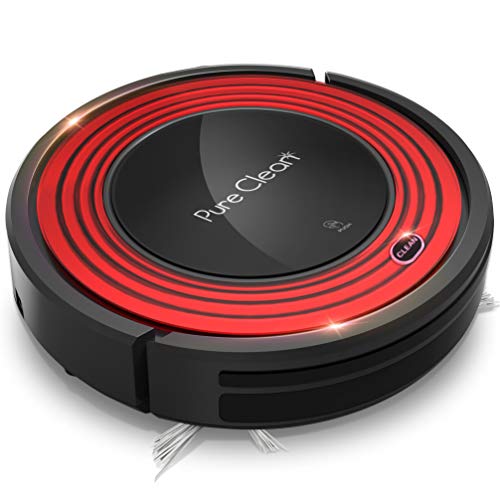 If you don't need advanced features like mapping, and don't mind emptying your dustbin every 60 to 90 days, a basic robotic vacuum is likely to be the best choice for you. Choose an option that is clean and is compatible with voice assistants.
If you don't need advanced features like mapping, and don't mind emptying your dustbin every 60 to 90 days, a basic robotic vacuum is likely to be the best choice for you. Choose an option that is clean and is compatible with voice assistants. It is the best robo-vacuum we have tested for getting rid of dirt and pet hair on hardwood floors, tile, and carpets with low pile. It also maps and create virtual no-go zones for rooms or areas.
It is the best robo-vacuum we have tested for getting rid of dirt and pet hair on hardwood floors, tile, and carpets with low pile. It also maps and create virtual no-go zones for rooms or areas.1. Powerful Suction
A robot vacuum will assist you in keeping up with the pet fur, dust and dander that settles on your floors every day. It can also decrease the frequency of deep cleaning, saving you both time and effort. The best model has powerful suction that can clean up most mess and leave your home cleaner.
You can cover more area with a robot vacuum and mop, which is particularly beneficial if you live in a large home. Look for one that has water reservoirs either in the chassis or as a separate piece that you can swap out when the vacuuming is finished. It will have to be filled and empty, so it's an extra task to complete.
In the ideal world, you'd clean your floors prior to using your robot vacuum to keep it from crashing into objects. In most homes, however, this is not possible or desirable. Thankfully, most models let you use your smartphone to create virtual barriers that the robot is able to see and avoid. Some have no-go zones which you can use to flag areas that you don't want it access, such as children rooms or a pile of cords for your device in the corner.
This model is a good option if you're looking for a basic robot cleaner that does not have all the bells and whistles. It's quiet, and it works on hard floors as well as low-pile carpets and can be scheduled using the app to mop or vacuum at your convenience. It has a long battery life, which can last for up to 180 minutes before it requires to recharge.
2. Simple to operate
In general robot vacuums require little input from you. They utilize navigation tools like sensors lasers, cameras and sensors to maneuver through obstacles and collect food particles, dust and pet hair from floors, tiles carpets, and hardwood. Many have boundary strips that aid in staying within a room's walls, while pricier models can be set to automatically wake up and start cleaning at a scheduled time. Certain models come with fall detection technology that helps them avoid falling down a flight of stairs or getting caught in cords.
Find models that allow you to control from the comfort of your sofa using voice assistants such as Alexa or Google Assistant. You can also look for Wi-Fi-connected models that let you start cleaning sessions from anywhere via an app. Depending on the size of your home is, you may prefer one with a long-lasting battery and a large dust bin that doesn't need to be emptying frequently.
Certain robot vacuums are also mops. They use water reservoirs to clean the floor. This is helpful for regular mopping but won't work for tough messes like pet poop or other spills that are wet. There are hybrids that have a removable microfiber pad for mopping, or choose self-emptying models that let you go 30 to 60 days without having to empty the base.
3. Smart Mapping
Some robots utilize advanced mapping technologies to build a detailed map of your floorplan as they clean, making it easier for them to avoid falling into furniture or tripping over things like cords or chair legs. This feature is typically only available on more expensive models, but it's certainly one of the best ways to make sure your robot has a complete understanding of the layout of your home and knows where to go next when it's running out of battery.
Most robots let you create virtual barriers. This can be done through an application or even physical boundary strips. This allows you to define areas that you don't want your robot to venture into, so it can concentrate its attention on areas that require the most attention.
A lot of robots are able to automatically navigate to different floorings based on the type of surface they're cleaning, whether that's switching between hard flooring and carpet or focusing on certain areas of your home, such as baseboards and corners. This feature proved effective during our tests and helped improve the performance of the vacuum on both hardwood flooring and carpet flooring with low pile. It is important to secure any furniture or cords that are loose before using your robot vacuum, so that it doesn't become caught.
4. Remote Control
Most robot vacuums come with WiFi capabilities and can be controlled using voice commands, Google Assistant, Amazon Alexa or Siri Shortcuts. Many connect to smart home systems that create an outline of your space after each cleaning session, so that they can "learn" your layout and devise more efficient routes for future runs. Some come with obstacles avoidance built-in that prevents them from causing damage to furniture or getting stuck on things like loose charging cables or pet hair.
Most robots come with a remote that you can use to control them around your home. However, the majority of them can be controlled using an app on your mobile, which gives you more features. It is possible to set multiple cleaning schedules, build the list of rooms you like and even manually guide your robot to specific areas by using directional arrows on the screen.
Some models have no-go zones. These are virtual barriers can be created in the app to stop the robot from entering certain areas (like toys for children or dog beds and dishes). Some apps allow you to draw a map of your house and provide detailed information about the floors. The Roborock S7+ app has several useful features that can aid in cleaning the house. However, its interface isn't quite as polished as iRobot or Shark.
5. Long Battery Life
Robot vacuums that clean your entire house without stopping to recharge or to empty their bins save time and effort. Some robot vacuums are compatible with smart home devices like Alexa, Google Assistant, and Siri Shortcuts to enable hands-free operation. They can also make an outline of your living space and allow you to program them to clean certain rooms or areas and avoid obstacles.
The majority of robot vacuums can detect objects, but the iRobot j7 comes with advanced features like "home mapping" and obstacle avoidance. These features can simplify your life (although one of our test robots did "eat" a few socks). If you want to take your home maintenance to the next level opt for a robotic mop that has a water tank that you fill and empty yourself.
While none of the models we tested could compete with the dirt-picking power of a stand-up vacuum they were able to do a fantastic job cleaning hard floors as well as carpets with low pile. They excel at sweeping up fine dust and debris, food dust, tracked-in dirt, and pet hair. They can also tackle stray cat litter and metal screws and nuts. The top robot vacuums can clean edges and corners and can even work on furniture. For a basic model that functions on its own and is comparatively inexpensive, check out the Eufy 11S.
6. Convenient Self-Charging
A robot vacuum can help keep your home tidy and clean without doing lots of work. You can schedule cleanings through the app, and set up no-go areas so that your robot doesn't walk on your plants or favorite chair. Many of our top picks automatically empty their trash bins and clean their docking stations for you.
The best wet dry robot vacuum robot vacuums can be programmed to keep your floors clean for months or weeks at a time, thereby saving you the time and effort of manually sweeping or mopping your floors each week or day. This allows you to enjoy more time doing things you enjoy and reduces the time needed to clean your floors manually.
During testing, Q Revo was able to grab small particles such as baking soda and oatmeal. It also picked up heavier debris like nails and screws made of steel, as well as fluffy stuff like pet hair. It lacks the intelligent mapping and object-avoiding features of our top picks, but is still a great option for families with children.
The greatest aspect of the j7 robot is that it makes use of cameras and processor-powered smarts to recognize and avoid obstacles such as power cords, shoes, socks and pet waste. This means that you don't need to clean up before using your robot. However, cluttered rooms can cause your robot to become stuck and do a poor job.
